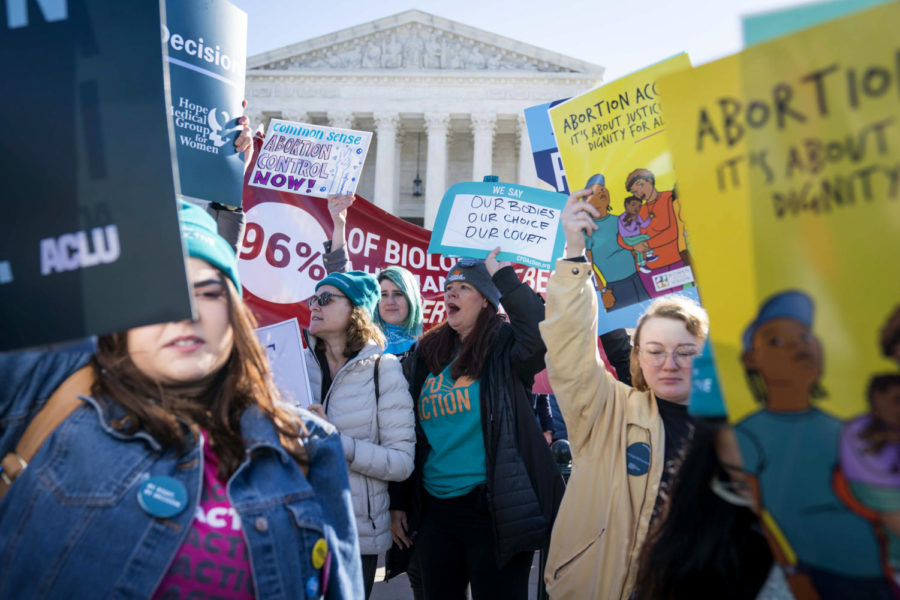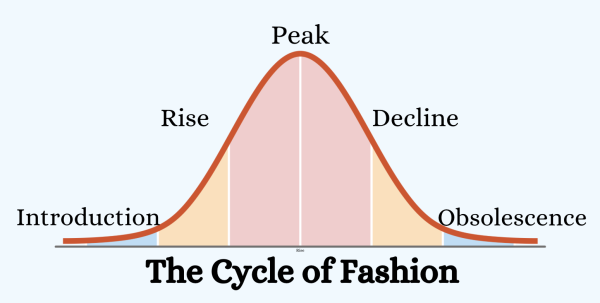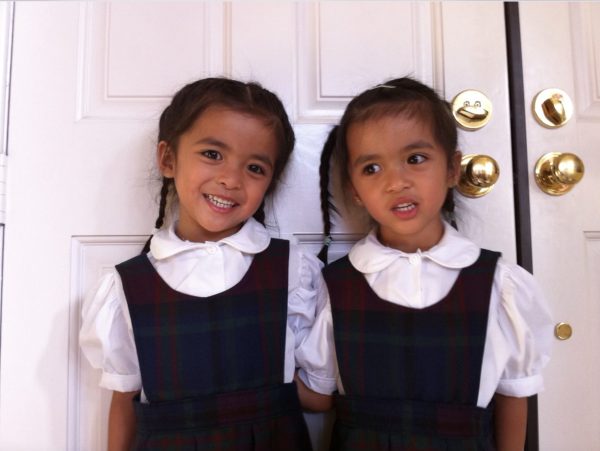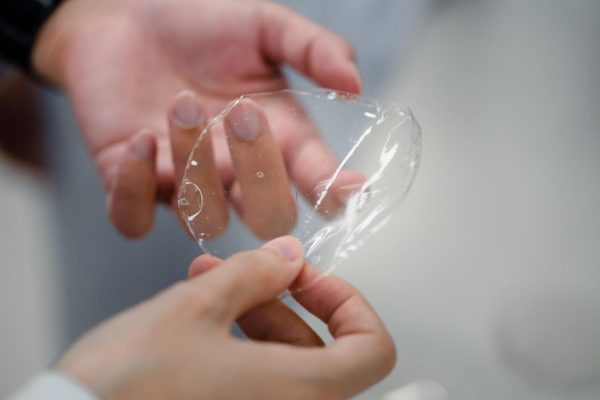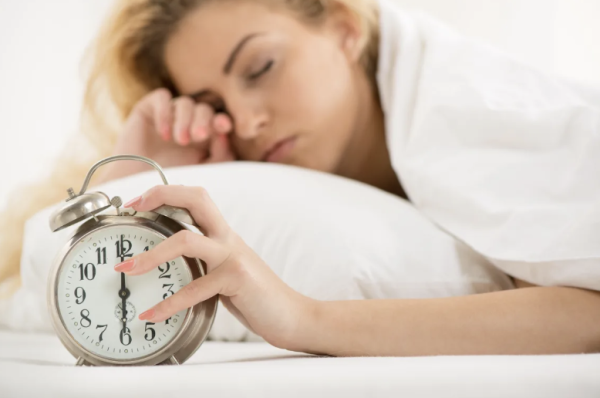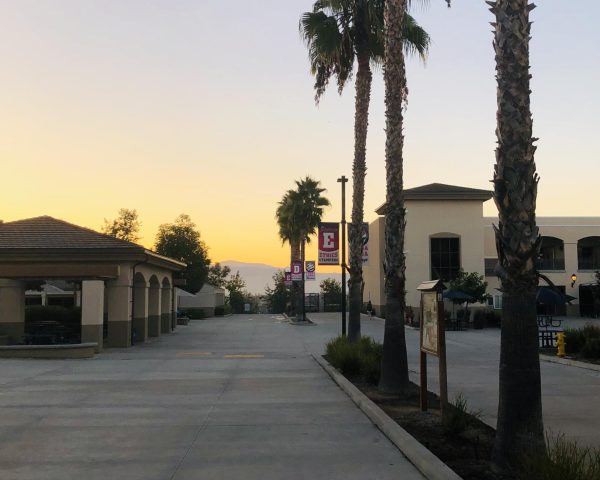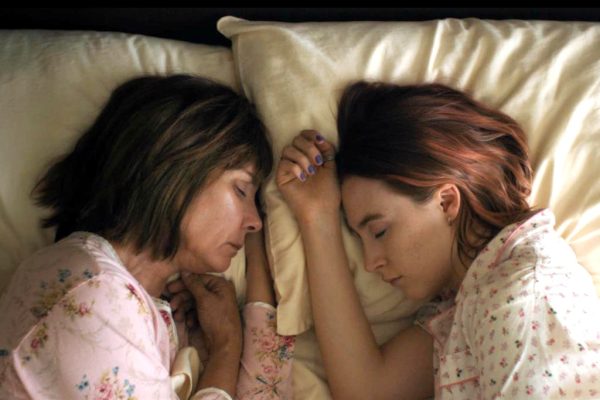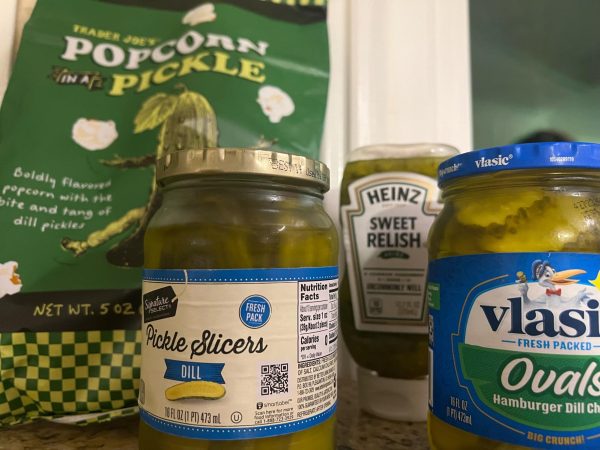How Abolishing Roe v. Wade Can Be Catastrophic for Women
Protesters advocate to preserve abortion rights outside the Supreme Court.
May 26, 2022
Thousands of people across the country are holding protests in the face of the supreme court’s ruling on Roe V. Wade. Protesters stood outside the Supreme Court in the rain chanting “We will not go back” and “Keep Your Bans off our Bodies”. These brave people have made a promise to preserve abortion rights, despite some doubts that their advocacy might not get the results they’re hoping for. The protests began after the Supreme Court leaked this month’s draft opinion, which illustrated their urge to overturn Roe V. Wade. This is something that can be catastrophic for not only women in America, but women across the world.
The history of legalizing abortion in the US provides the evidence needed to prove that abolishing Roe V. Wade will do more harm than good. Before 1973, when Roe officially legalized abortion across the US, Alaska, California, Hawaii, New York, and Washington D.C had already permitted abortion several years prior. The difference in the quality of life between the women in states that legalized abortion and states where abortion was illegal is astounding. In states where there were no abortion bans, the number of women who became teen mothers reduced by 34%, and the number of teen brides decreased by 20%. It also significantly reduced maternal mortality amongst Black women by 30%-40%, while having minimal impact on White women. This is because in states where abortion was illegal, it was extremely difficult for Black women to cross the border and find a willing health care provider. There was also an increase in the number of women getting an education, having a job, and maintaining a steady income. This research applies especially to Black women (Brookings).
To add on, America does not make it easy for mothers who are in the workforce. According to recent research, women who are mothers receive lower wages than women who don’t have children. Although it may be argued that maternity leave is enough to compensate for this, the U.S only allows up to 12 weeks of unpaid leave. For single mothers whose sole income is the one putting food on the table, this is a nearly impossible situation. And to make matters worse, even if the mother has the means to return to work, childcare is extremely expensive and thus is not an option for most families. Nikita Gupta (10) mentions how “I have family friends who are single mothers and I know they have to work 10 times as hard to do things as simple as dropping their son off to daycare”. The US lacks the ability to support working mothers, which for most, makes having a child out of the picture. This is especially considering that the majority of the women who seek abortion come from a financially unstable situations. Recent statistics have proven that 49% of abortion patients are living in poverty, 59% already have children, and 55% percent have instability in their life. It’s also shown that women who are turned away from having an abortion experience a 78% increase in financial distress and there is an 81% increase in the likeliness of getting evicted, going bankrupt, and getting called to court (Brookings).
For centuries, women have played a subservient role in society. Their only job was to make babies and serve their husbands. But the role of women has made huge strides in the past century; and overturning Roe V. Wade disregards the progress women’s rights have made. It’s an attempt to go back in time when women didn’t have autonomy over themselves and were powerless. Women deserve the freedom to make decisions for themselves; and we refuse to let that human right be taken away from us.

























